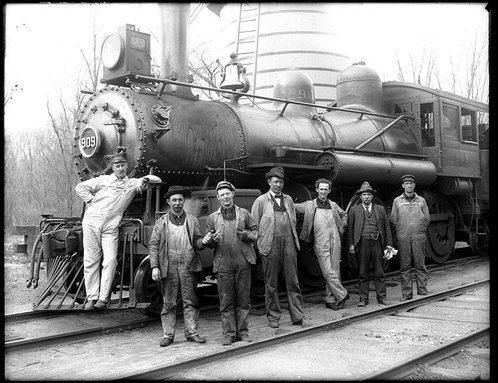Vital Parts of a Vehicle’s Fuel Delivery System and Their Functions
 The main function of a vehicle’s fuel delivery system is to provide constant flow of fuel to the engine at required volume and pressure. Various mechanical and electrical components constitute a vehicle’s fuel delivery system, each of which has its own function. Proper functioning of every component positively impacts the performance of the engine, while even a little malfunction of any part could seize its operation. Hence, understanding this system enables the user to identify and fix minor issues, helping him minimize the negative impact on the engine’s performance on the whole.
The main function of a vehicle’s fuel delivery system is to provide constant flow of fuel to the engine at required volume and pressure. Various mechanical and electrical components constitute a vehicle’s fuel delivery system, each of which has its own function. Proper functioning of every component positively impacts the performance of the engine, while even a little malfunction of any part could seize its operation. Hence, understanding this system enables the user to identify and fix minor issues, helping him minimize the negative impact on the engine’s performance on the whole.
Main components: A typical fuel delivery system consists of various components such as tank, pump, pipe, in-filters, strainers, injectors, pressure regulators, return pipe, pulsation damper, etc. Here, we will discuss only about the vital components of the system.
• Fuel tank: A fuel tank, as we all know, stores the fuel in a location, away from the engine. These are constructed using different materials like pressed corrosion-resistant steel, aluminum, or molded reinforced polyethylene plastic. Many modern tanks incorporate slosh baffles or surge plates, which prevent the fuel from splashing around inside the unit. The tank also has a filter (to filter the fuel) and a vent system with an inlet line (through which fuel from the cap enters the tank) and an outlet line (to send the pumped fuel to the engine).
• Fuel pump: It is often called as the heart of the fuel delivery system. Its main function is to pull the fuel from the tank and to pump it to the injectors at required pressure. Many of the modern engines are equipped with electric pumps that are usually located inside the tank. We can still find mechanical pumps in the old styled carburetor engines. The basic difference between them is, electric pumps generate high pressure, whereas, mechanical pumps generate low pressure. However, there are some new models of mechanical pumps which pump at high pressures.
• Pressure regulator: Pressure regulator maintains constant fuel pressure across the lines and injectors, in order to ensure accurate fuel delivery to the engine. In simple words, it regulates the amount of fuel that is to be delivered to the engine (not all engines require the same amount). The excess amount which is not consumed by the engine returns to the tank through a return line.
• Injector: Injector is an electro-mechanical device that delivers pressurized fuel into the engine’s combustion chamber. Most of the diesel injectors are made of heat-treated alloy steel and are controlled by an electronic control unit (ECU). The injectors convert the gasoline into vapor under high pressure and spray the vaporized gasoline into the engine.
• Strainer/filter: A filter is small yet important component of the system. Its function is to filter the fuel from the tank before it reaches other parts of the system. It traps the dirt, dust, and other solid contaminants and sends filtered fuel. A strainer is located between the tank and the pump to protect the pump from contaminants. Various in-line filters located in the rails protect pressure regulators and injectors, which are highly susceptible to clogging from dust/dirt.
Few tips to maintain a healthy system: Proper maintenance plays a vital role in extending the life of all the system’s parts. Using good quality fuel, regular maintenance checks, fixing minor repairs at early stages and replacing the components with high quality aftermarket products helps you improve your engine’s performance and efficiency. Few parts like pump, filters are more prone to damage and also to normal wear and tear. So, check them periodically in order to prevent complete failure of the system.

